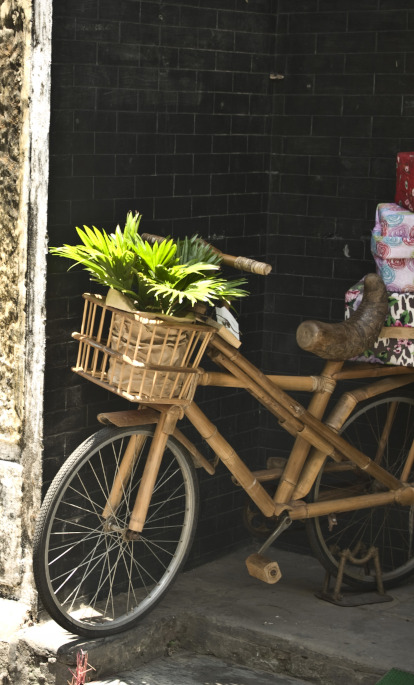
A few suggestions to get the holiday planning process started
Practical advice and inspiration to help you prepare for your holiday
In the 16th century, Japanese and Chinese traders built a commercial district at Hoi An, and the town became one of the major trading centres of Southeast Asia. As a result, Hoi An has a distinctly Sino-Japanese flavour, with these cultural influences visible in the elaborately carved wooden facades, narrow streets and tile-roofed houses of the Old Quarter that have survived for centuries. The Japanese Bridge, built in the 17th century, is an outstanding example of Japanese architecture. Hoi An is also somewhere to sample delicious Vietnamese street food.
Next, stay in the ancient royal city of Hue where you can explore the Imperial Citadel, royal tombs, and Pagoda of the Celestial Lady, or take it slow on a boat ride on the Perfume River and enjoy the pretty surroundings.
This part of Vietnam contains four of its eight UNESCO World Heritage sites: the picturesque fishing village of Hoi An and its old quarter that we've already declared our love for; the Imperial Citadel and the ancient monuments of Hue's ancient capital; Ke Bang National Park Phong Nha with its diverse flora and fauna, as well as underground rivers and caves; and the archaeological site of My Son, a complex of 70 Hindu tombs and temples in the heart of the jungle, built as part of the Champa Kingdom between the fourth and the 14th centuries (and perfectly complimented with a visit the Art Cham Museum in Danang which houses the largest exhibition of Cham sculpture in the world).
In addition to all of this, there are also beautiful landscapes, lagoons and beaches. Spend a few days in the mountains at the Marble Mountains and Mount Ba Na, taking the winding Pass of the Clouds road that carves through the steep cliffs, or spend some time getting back to nature in one of the national parks such as Bach Ma or Yok Don.
Hue and Hoi An are the ideal destination for those who want to experience the culture and history of Vietnam and combine it with plenty of breakaways in nature, with its numerous parks and beaches.
For your stay in Hue, choose a centrally located hotel that gives you a good base for exploring the city on foot (as well as providing you with luxury and comfort at the end of a long day’s exploring). Mix it up and keep some lazy days aside to spend on the beaches of Lang Alkyl or Nha Trang.
- Hiking in the Nam Cat Tien National Park
- Explore the area by boat: in the region of Hue, sail up the Perfume River until you reach the Pagoda of the Celestial Lady; around Hoi An pop onto the River Thu Bo and then to the sea where you can watch the villagers fish the waters.
- Attend Trung Thu, the full moon festival. Adding to Hoi An's old-fashioned charm, on the 15th of every lunar month, modernity takes a back seat. On these evenings, street lamps, neon signs and televisions are switched off, leaving the Old Quarter bathed in the warm glow of traditional silk and paper lanterns of various colours. Wandering through the old streets in the ensuing quiet is a special experience.
- Plan a day of cycling to discover the Tra Que village, famous for its aromatic herbs. Live alongside local farmers for the day, learn their traditional farming and cooking methods, then finish off by feasting on the specialty of the village Tam Huu - an assortment of shrimp, pork and herbs.

Our team of destination experts will get to know you and your unique requirements for your holiday

We work with you to build an ultra-personalised holiday itinerary with your choice of accommodation, experiences and activities

All of our holidays include little extras designed to make a big difference to your trip, from fast-tracking you through airport check-in and security to our network of local Concierges